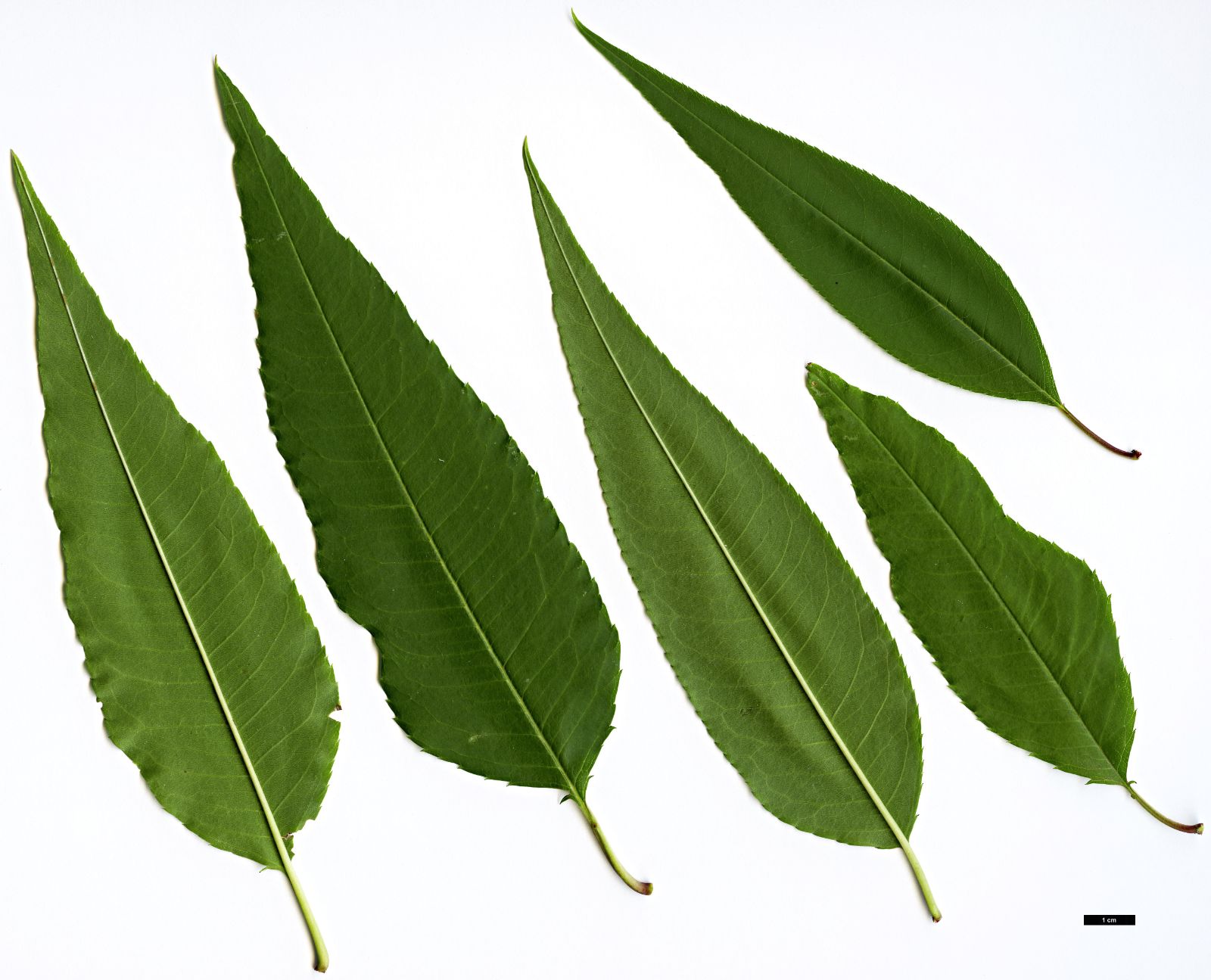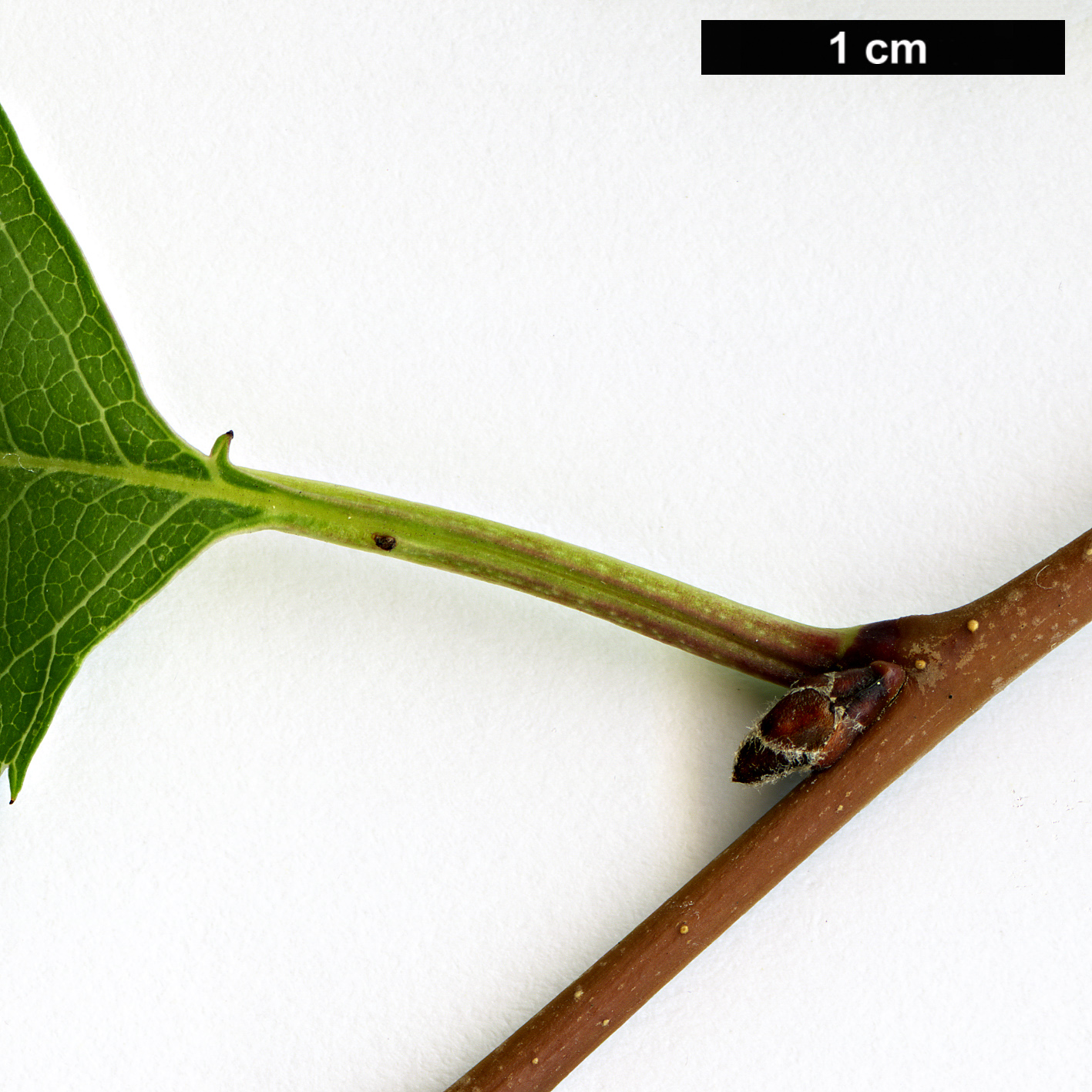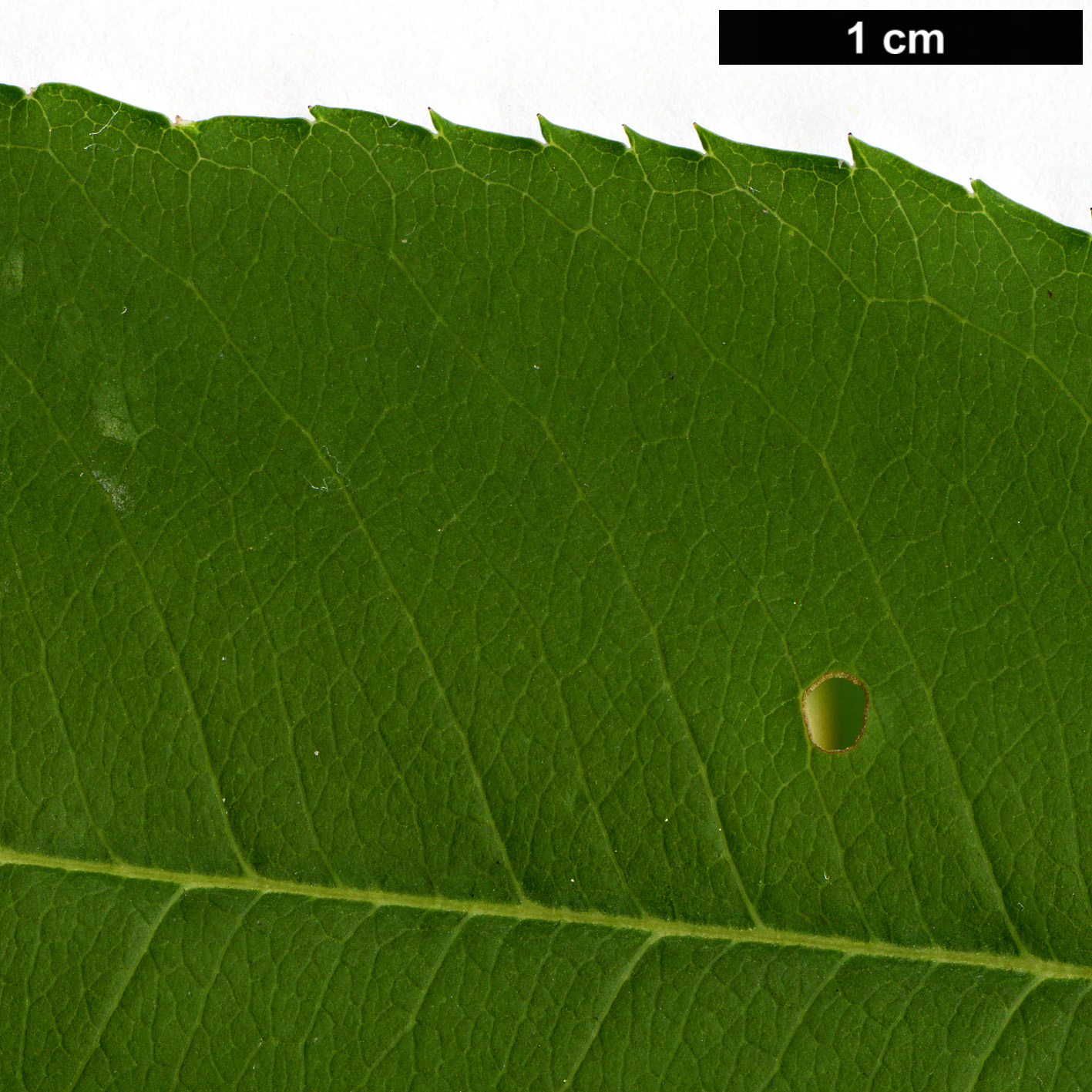Prunus davidiana
Credits
Article from Bean's Trees and Shrubs Hardy in the British Isles
Recommended citation
'Prunus davidiana' from the website Trees and Shrubs Online (treesandshrubsonline.
Other taxa in genus
- Prunus alleghaniensis
- Prunus americana
- Prunus × amygdalo-persica
- Prunus amygdalus
- Prunus angustifolia
- Prunus apetala
- Prunus arabica
- Prunus argentea
- Prunus armeniaca
- Prunus avium
- Prunus besseyi
- Prunus brigantina
- Prunus campanulata
- Prunus canescens
- Prunus cantabrigiensis
- Prunus cerasifera
- Prunus cerasus
- Prunus cocomilia
- Prunus concinna
- Prunus conradinae
- Prunus consociiflora
- Prunus cornuta
- Prunus cuthbertii
- Prunus dasycarpa
- Prunus × dawyckensis
- Prunus dielsiana
- Prunus domestica
- Prunus dulcis
- Prunus emarginata
- Prunus × fontanesiana
- Prunus fruticosa
- Prunus glandulosa
- Prunus grayana
- Prunus himalaica
- Prunus hortulana
- Prunus humilis
- Prunus ilicifolia
- Prunus incana
- Prunus incisa
- Prunus jacquemontii
- Prunus kansuensis
- Prunus lannesiana
- Prunus laurocerasus
- Prunus litigiosa
- Prunus lusitanica
- Prunus maackii
- Prunus mahaleb
- Prunus maritima
- Prunus maximowiczii
- Prunus microcarpa
- Prunus mira
- Prunus mugus
- Prunus mume
- Prunus nigra
- Prunus nipponica
- Prunus orthosepala
- Prunus padus
- Prunus pensylvanica
- Prunus persica
- Prunus pilosiuscula
- Prunus prostrata
- Prunus pumila
- Prunus rufa
- Prunus salicina
- Prunus sargentii
- Prunus serotina
- Prunus serrula
- Prunus serrulata
- Prunus sibirica
- Prunus × sieboldii
- Prunus simonii
- Prunus sogdiana
- Prunus speciosa
- Prunus spinosa
- Prunus ssiori
- Prunus subcordata
- Prunus subhirtella
- Prunus takesimensis
- Prunus tangutica
- Prunus tenella
- Prunus tomentosa
- Prunus triloba
- Prunus virginiana
- Prunus × yedoensis
A deciduous tree 20 to 30 ft high, with glabrous branchlets. Leaves 3 to 5 in. long, 1 to 11⁄2 in. wide, tapering to a long fine point like the almond, finely and sharply toothed, stalk 1⁄2 to 3⁄4 in. long, with one or two glands. Flowers white or pale pink, 1 in. across, produced singly on very short stalks from the buds of the previous year’s shoots. Calyx glabrous, with five rounded, oblong lobes. Fruits spherical, 11⁄4 in. across, yellowish, downy; flesh thin; nut pitted. The twigs become grey by autumn.
Native of China; introduced to Paris in 1865, by means of seeds sent by the Abbé David, who stated that the tree made a beautiful and conspicuous feature in the vicinity of Peking. In English gardens this species is chiefly valuable for the earliness of its blossoms, which expand at any time between January and March, according to the weather, the normal time, perhaps, being about mid-February. Owing to their earliness, they are liable to injury (I have frequently seen snow resting on trees in bloom), and should be given a sheltered spot – the south-western side of a plantation of evergreens for preference. In such a position, given favourable weather the slender twigs, 1 to 2 ft long, wreathed with white (f. alba Hort.) or, in f. rubra (Bean) Rehd., rosy blossom, have a charming effect. Propagated by budding on almond or plum stocks. The white-flowered form received the Award of Garden Merit in 1927.





